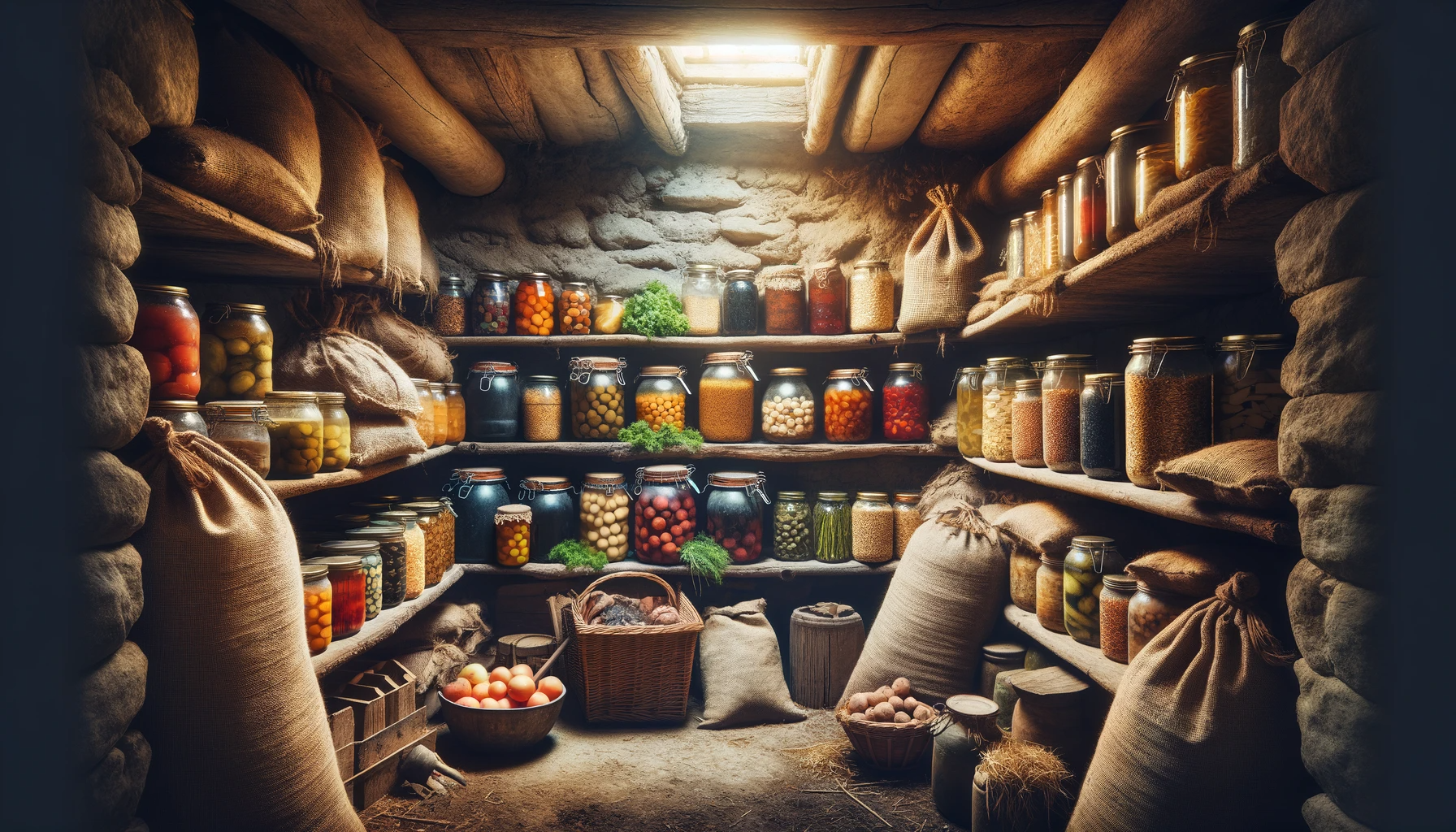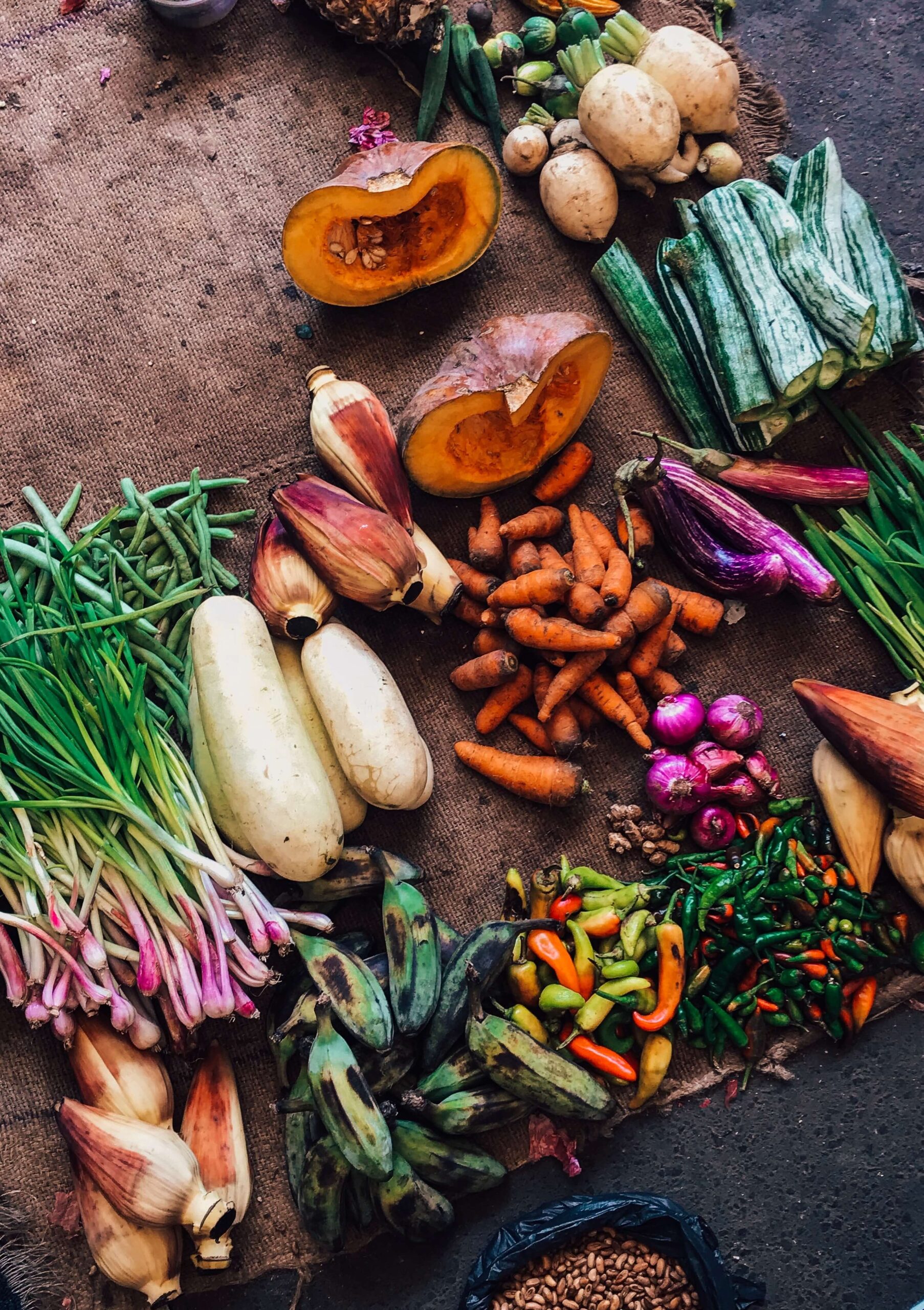
Embracing the wisdom of our ancestors can lead to innovative solutions for modern-day sustainability. One such gem is the root cellar, an underground room used to store fruits, vegetables, nuts, and other perishable foods. In an age where electricity-dependent refrigeration dominates, the root cellar remains a reliable, energy-saving staple, especially for those living off the grid.
reviewed
New Nightwear Styles For Autumn
Choosing the right types of nightwear will make your sleep experience more relaxed. Open your closet and make a special room for all the different types of nightwear that deserve that space.
-

COSORI Food Dehydrator
$159.99
Understanding Root Cellars
A root cellar is more than just a hole in the ground; it’s a carefully constructed microclimate that leverages the earth’s natural insulation to keep food from freezing in the winter and staying cool during the summer.

The Benefits of Underground Food Storage
Energy Efficiency
Root cellars utilize the earth’s natural insulation, maintaining temperatures between 32°F and 40°F with high humidity. This environment is perfect for prolonging the storage life of many types of produce without a single kilowatt of electricity.
Cost-Effectiveness
Building a root cellar might seem like a significant upfront investment, but it pays off by reducing reliance on powered refrigerators and freezers, leading to savings on your energy bills.
Eco-Friendly
Storing food in a root cellar reduces food waste, a significant contributor to greenhouse gas emissions when organic matter ends up in landfills.
Enhanced Flavor
Many people claim that vegetables like carrots and potatoes actually improve in flavor after being stored in a root cellar, as the cool environment converts their starches into sugars.
"Storing food underground in a root cellar provides a natural refrigeration system. It extends the life of produce without the need for electricity, making it eco-friendly and cost-effective"
Planning Your Root Cellar
Location
Ideally, a root cellar should be built into a hill or partially underground. The north side of a structure is preferred to avoid prolonged exposure to the sun.
Size and Design
Determine the size of your root cellar based on your household’s needs. Include shelves and bins for organization, and consider drainage and easy access for heavy loads.
Ventilation
Proper air circulation is critical to prevent the buildup of ethylene gas, which can cause produce to spoil faster. Install ventilation pipes that allow air to flow in and out.
Building Your Root Cellar
Materials
Traditional root cellars were often made with fieldstone or wood. Today, you can also use concrete blocks or poured concrete, which provide excellent insulation and durability.
Insulation
Insulate your root cellar with straw, foam board, or spray foam to maintain a constant temperature.
Moisture Control
Install a vapor barrier and consider a French drain or gravel bed for excess moisture.
Maintenance and Usage
Stocking the Cellar
Store produce in a way that allows air circulation around each piece. Use natural materials like straw or wood as separators.
Monitoring Conditions
Keep an eye on temperature and humidity levels and adjust ventilation as needed.
Rotation and Usage
Regularly check your stored produce for spoilage and use or remove anything that’s past its prime to prevent the spread of rot.
Building a root cellar is a rewarding project that combines the joys of gardening with the satisfaction of DIY construction. It provides a secure and energy-efficient way to store your harvest, making it an indispensable tool for self-sufficient living. Whether you’re a seasoned gardener or just starting your off-grid journey, a root cellar is a smart step toward a more sustainable lifestyle.

Preserving Thanksgiving Leftovers
Thanksgiving brings not just a day of feasting but also the inevitable bounty of leftovers. Transforming these into preserved delights means you can relish the flavors of Thanksgiving all year round.

The Perfect Thanksgiving Pumpkin Pie Recipe
Thanksgiving is a time of warmth, gratitude, and of course, delicious food. Living off-grid doesn’t mean you have to miss out on traditional holiday treats. In fact, it offers a unique opportunity to connect more deeply with the food you prepare.

How to Safely Store Water for Off-Grid Living
Water is the essence of life, especially in off-grid living where traditional water systems are a luxury. Storing water safely is not just a convenience—it’s a necessity.






